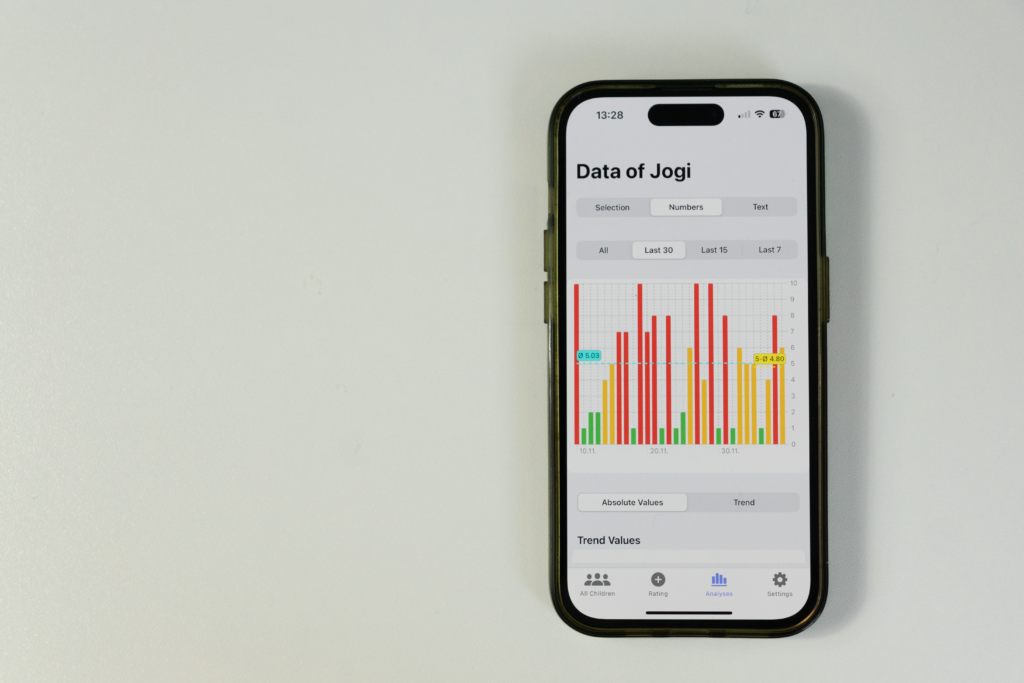
In many areas of science—such as psychology, education, or medicine—the same question often arises:
How can the effectiveness of an intervention, such as a method, training program, or teaching unit, be demonstrated?
One possible approach involves the use of single-case studies in combination with direct behavioral observations. These two methods provide detailed insights into the behavior of individual persons or small groups, enabling us to identify and specifically investigate changes over time.
What Are Single-Case Studies?
A single-case study (single-case design) focuses on observing the behavior of one individual (or a small group) in great detail. Unlike large-scale studies, where many participants are examined at once, the emphasis here is on a single case. The goal is to document and understand changes when an intervention (for example, a therapy or a new teaching method) is introduced.
Key points include:
- Small sample size: Often, just one person or only a few individuals are observed.
- Repeated measurements: Behavior is recorded multiple times over a certain period.
- Comparison with the individual baseline: Before starting the intervention, a “baseline” level of behavior is established. Any subsequent changes are then compared with this initial level.
Direct Behavioral Assessments: What Are They?

Apps and online platforms can greatly facilitate single-case studies and direct behavioral assessments. One example is the PlusDaily app, which was specifically developed to quickly and conveniently record behavioral data. Using customizable data-entry forms, frequencies, durations, or intensities of target behaviors can be noted and directly converted into charts or statistics. This creates continuous progress data that helps researchers or professionals recognize and effectively analyze changes. These digital solutions save time and paper while offering a flexible, modern, and location-independent way to obtain meaningful results.
Digital Tools for Implementation
Apps and online platforms can provide critical support for conducting single-case studies and direct behavioral assessments. One example is the PlusDaily app, which was specifically developed to record behavioral data quickly and easily. By using customizable data-entry fields, practitioners can document the frequency, duration, or intensity of a target behavior and convert this data directly into charts or statistics. This produces continuous progress data that allows researchers or professionals to identify and effectively evaluate changes. In addition to saving time and reducing paperwork, these digital solutions offer a flexible, modern, and location-independent way to gather significant results.